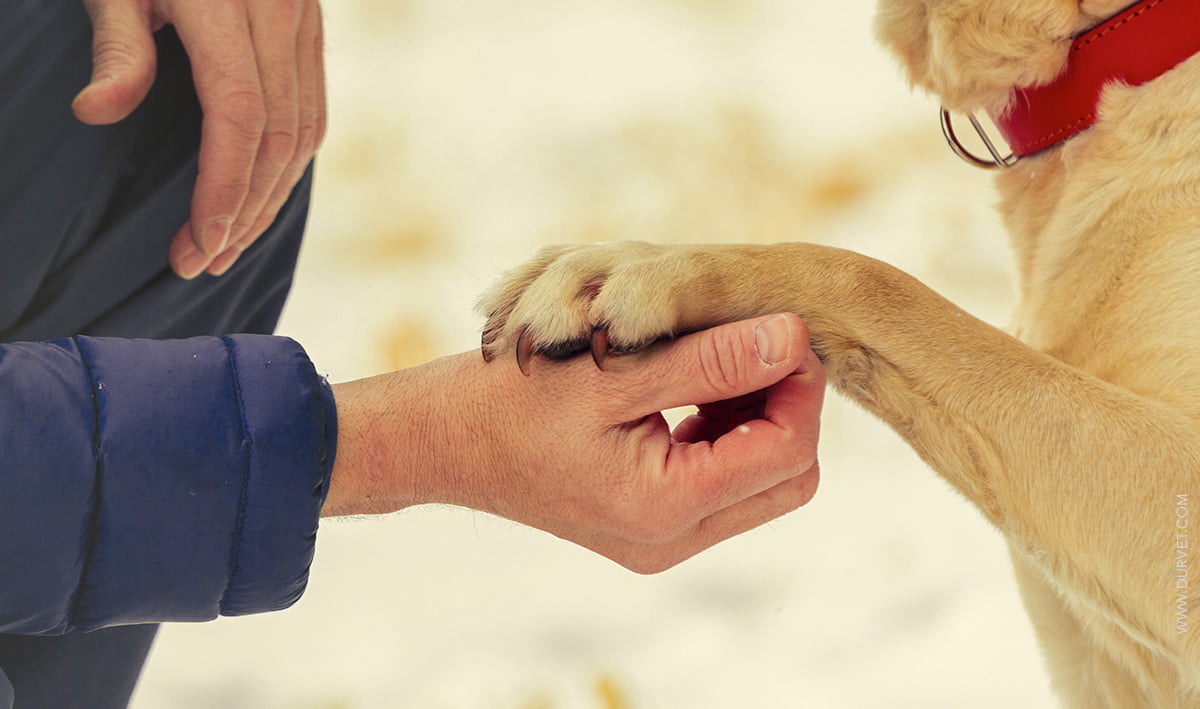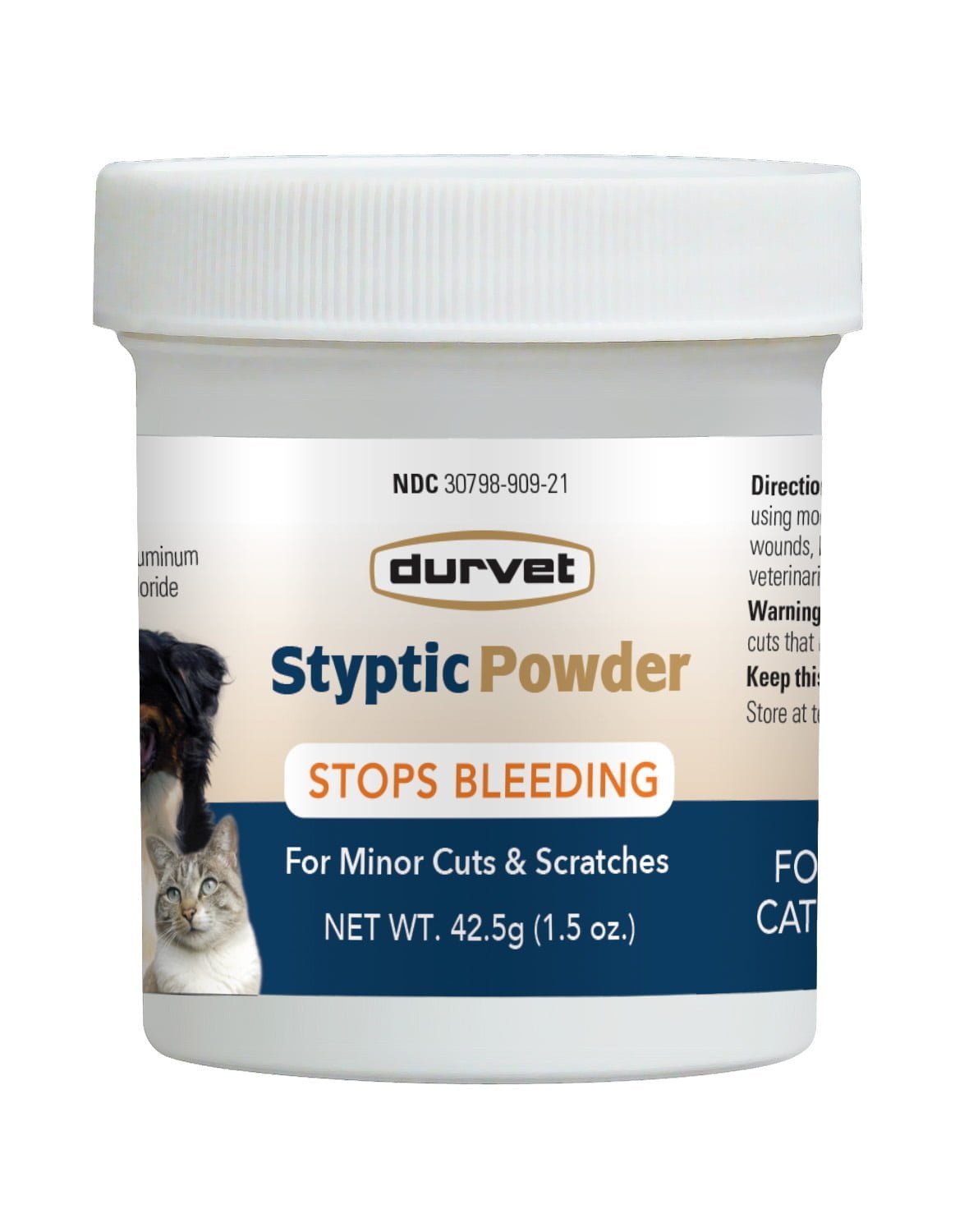
As winter's icy grip is near, our pets rely on us to keep them safe and comfortable in the cold. While we often think of wrapping them up in warm blankets, one area we can't overlook is their paws. In this comprehensive guide, we'll explore the importance of protecting your pet's paws during winter and share practical tips to ensure their well-being.
Tips for Keeping Paws Warm Outside:
1. Booties: Invest in high-quality pet booties to shield your pet's paws from cold surfaces and harmful substances. Ensure they fit snugly but comfortably.
2. Paw Balm: Apply a pet-friendly paw balm before heading out. This creates a protective barrier against cold pavement and prevents dryness and cracking.
3. Pet-Friendly Ice Melt: Opt for pet-safe ice melt products on your walkways to avoid chemical exposure. Traditional salt can irritate paws and be harmful if ingested.
Care and Needs After Outdoor Activities:
1. Wipe Their Paws: When you return indoors, gently wipe your pet's paws with a warm, damp cloth to remove any ice, salt, or chemicals.
2. Check for Signs of Injury: Examine their paws for cuts, redness, or signs of frostbite. If you notice any issues, consult your veterinarian.
3. Provide Warmth and Comfort: After a chilly adventure, let your pet cozy up in a warm and dry environment. Offer a soft blanket or a heated pet bed to help them warm up.
Bringing Pets Inside or Providing a Warm Shelter:
1. Indoor Retreat: Whenever possible, bring your pets indoors during extreme cold spells. It's the safest option for their well-being.
2. Outdoor Shelter: If outdoor shelter is necessary, ensure it's well-insulated and provides adequate bedding. Check for drafts and make sure fresh water is always available.
Dangers of Walking on Salted or Chemically Treated Surfaces: Salt and chemicals used for deicing
can be harmful to your pet's paws. Consider these alternatives:
1. Booties or Paw Balm: Use protective booties or apply paw balm to create a barrier between paws and treated surfaces.
2. Rinse and Wipe: After walks, rinse and wipe your pet's paws to remove any residue. Consider paw-safe cleaning products.
Recognizing Signs of Frostbite or Hypothermia: It's essential to be vigilant. Signs may include:
1. Frostbite: Pale or grayish skin, cold to the touch, pain when touched.
2. Hypothermia: Shivering, lethargy, shallow breathing, muscle stiffness.
Regular Paw Inspections and Grooming: Frequent paw checks are crucial during winter. Trim excess fur and keep nails short to prevent snow and ice buildup between the toes. Grooming helps maintain healthy circulation.
Indoor Activities for Mental and Physical Stimulation: Don't let the cold weather dampen your pet's spirits.
Engage them in indoor activities like:
1. Interactive Toys: Puzzle toys and treat-dispensing toys can keep your pet mentally engaged.
2. Indoor Play: Play fetch or create an obstacle course indoors to help them burn off energy.
In conclusion, protecting your pet's paws during winter is an essential part of responsible pet ownership. By following these tips and being attentive to their needs, you can ensure a safe and enjoyable winter season for both you and your beloved furry companion. Stay warm and happy together!

 BACK TO MAIN BLOG
BACK TO MAIN BLOG 

Comment